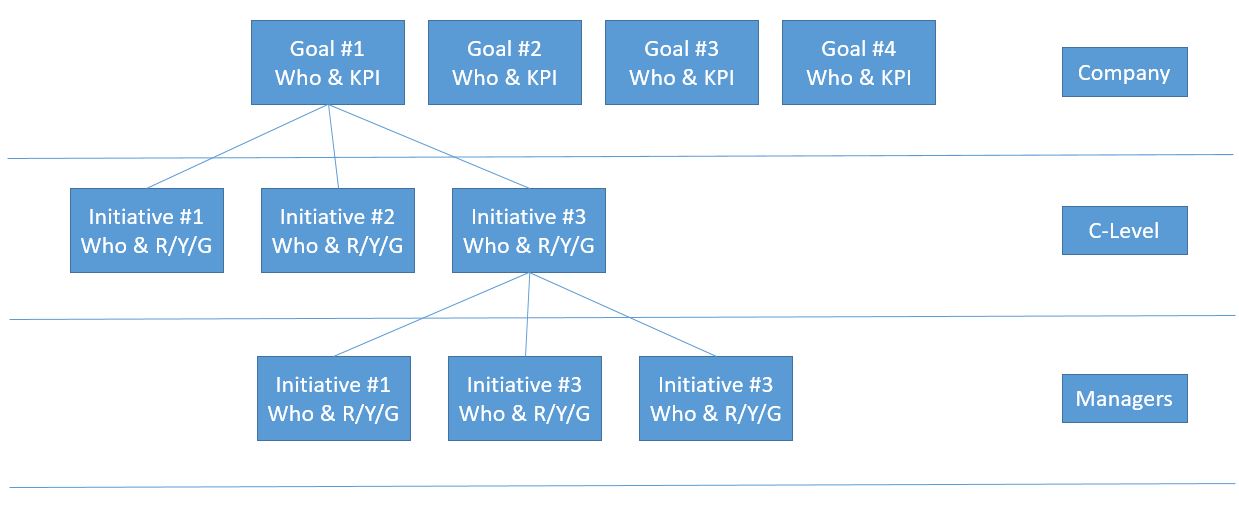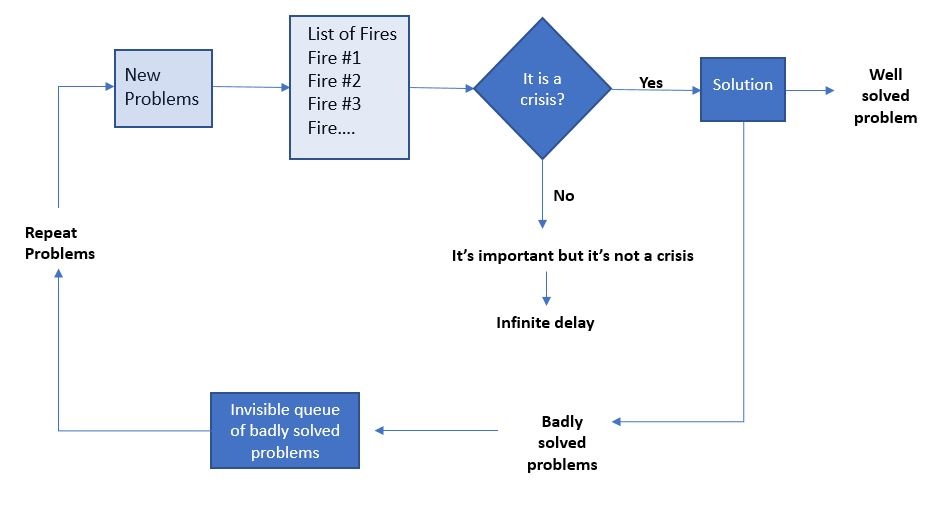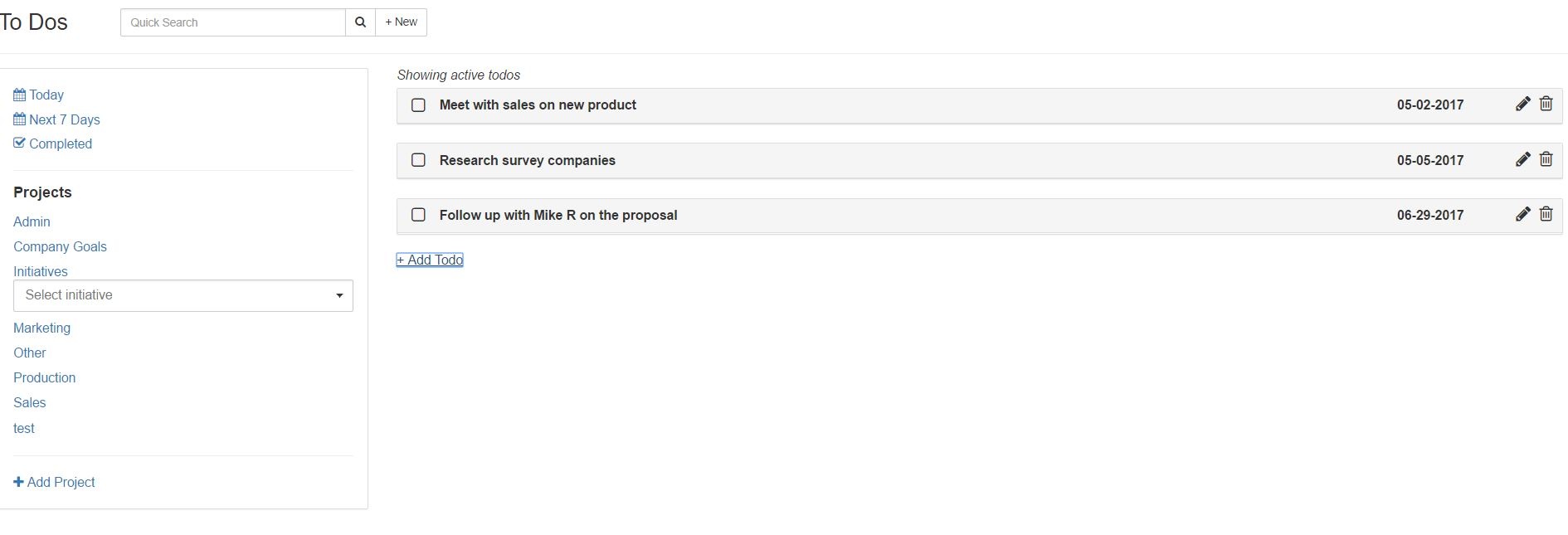In this three-part series on small business meetings, we are trying to not only convince you of the value of small business meetings, but also give you some practical steps to implement meetings which drive real results.
In part I we tried to make a case for meetings and provided the overall purpose of small business meetings. We suggested that meetings be focused on the following four areas:
- Remind the team of the company’s “why.”
- Answer the question, “How are we behaving as we accomplish our goals?”
- Answer the question, “Are we achieving our goals?”
- Solve a specific problem
In part II we focused on providing a meeting cadence (how frequently should your meet) which answered the questions above by helping small businesses be both tactical AND strategic.
If you haven’t read our first two blogs, head over to here to check out the first post.
As always, feel free to comment at the bottom of our blog and share your experience with meetings.
In this third and final post on small business meetings, we hope to dive into the details of one specific meeting, the monthly management team meeting.
We feel that if you’re not currently meeting with your team, this is the one meeting you should be having.
If you recall from our last post, the monthly management team meeting is meant to straddle the line between strategy and tactics.
Recommended Elements Of The Monthly Small Business Meeting
- Core Values Review (examples of how the core values were exhibited or not) – 10 mins
- Company Goal & KPIs Review (only talk about those in the “red”, are we making progress?) – 10 mins
- Initiative Review (only talk about those in the “red” are we making progress?) – 15 mins
- “Fire” discussion (focus on one item and brainstorm how to solve) – 45 mins
- Follow up on last month’s to-dos – 5 mins
- Recap – 5 mins
- To-dos
- Determine a fire for next time
- Rate meeting (1-10)
Let’s go through each in turn:
Small Business Core Values Review – 10 mins
I often find two things to be true during a strategic planning session. Either (a) the core values of a company have not been defined or (b) if they have been defined they are not communicated or reviewed.
Many of the problems a small business faces are the result of a violation of core values.
I was facilitating a strategic planning several months ago. Part of the session involved reviewing the company’s core values. None of the management team could not recite all their core values.
We then reviewed what the team saw as the recurring problems within the business. One of those problems related to safety. Guess what one of the business core values was? Safety. So here is a business who has stated that one of the most important values is to operate safely, yet they were violating that core value and is was causing a major problem.
Reviewing your company’s core values each month is a proactive action which leads to better performance.
Use this 10 minutes each month to restate the core values and ask for examples of how your company has either done a great job exhibiting the values that everyone agrees are essential. Reward those employees who are poster children of your core values and see performance improve.
Review of Small Business Goals & KPIs (Key Performance Indicator) – 10mins
The next agenda item is a review of your company’s goals and KPIs. Don’t have company goals? Check out an earlier post here or you can hire us to help determine them.
If you are trying to take your company from point A to point B, company goals are milestones along the way. They let you know if you are making progress. This is where we confirm that our strategy is working.
Each company goal should have an owner who is also a member of your management team. This individual is expected to come to the meeting with a status update of the company goal for which they are responsible. If they are not making progress on that goal, the monthly management meeting is a perfect time to discuss, get feedback and ask for help.
We developed our software to make this process easy. There is a simple dashboard which shows:
- The goal
- Who owns the goal
- The associated KPI (how we will measure if we’re successful)
- The KPI target (what are we trying to achieve)
- The KPI value or latest result
- And the red, yellow or green indicator
You’ll notice that one goal is “red.” In the event that a goal is red, the owner “John Jones” would tell the team why and what they are doing to get it back into the green. If they don’t know what to do, they can ask for help.

Small Business Initiative Review – 15 mins
Once the team has reviewed the company goals, it’s time to dig a bit deeper and review each team member’s initiatives.
Initiatives are typically quarter-long tactics which are meant to support a company goal. You can see in the image below, that there are four company goals and three initiatives which support company goal number one. Each initiative has an owner. The owner gives a status update on the initiative at a certain interval (weekly, monthly etc.). This framework allows the company to cascade its goals down throughout the organization.

Our software also makes tracking this process easy. If you have five company goals and three initiatives per goal, you can easily have 15 initiatives that you need to track. Using an Excel or Word doc to track these changes can be very difficult.
Below you can see three initiatives, each mapping to a specific company goal. One of the initiatives is “red.” “Red” means unless something changes, the initiative will not get accomplished by the due date of 6/30/17.
You can also see that each initiative has a check-in “interval” weekly.

Small Business “Fire” Discussion – 45 mins
The next small business meeting agenda item involves working as a team to solve a specific problem. I’ve written about “fires” before, so for a more in depth look at what fires are, go here.
What small businesses need are more disciplined approaches to solving problems. This helps to avoid the fire-fighting trap pictured below where problems never get solved properly and build up an “invisible” list of issues that plague the organization, draining time and resources.

The first step in solving this is to develop a list of all the problems currently facing the organization, then as a team, prioritize the list and pick one to solve. You cannot solve all the issues at once anyway.
Again, our software makes this process easy, by giving you a place to track your fires. Once you’ve prioritized your fires, select one to focus on during the next meeting and brainstorm on ways to solve it. Getting everyone’s input will make for better decision making.

Follow Up On Last Month’s To-Dos – 5 mins
Inevitably, there will be action items which come out of these meetings. We call them “to-dos.” So what do you do with each “to-do” to make sure nothing falls through the cracks?
During the meeting take five minutes to follow up on the to-dos that each member committed to from the last meeting.
Again we’ve got you covered with our software. You can track to dos and assign them to different members of the team. The software even reminds you when a to-do is “past due.”

Small Business Meeting Recap – 5 mins
In the last five minutes of the meeting, recap your to-dos, confirm a fire you are going to focus on in the next meeting and finally rate the meeting on a scale of 1-10 (10 being the best).
That’s it, you completed your first small business monthly team meeting.
If you’d like help facilitating a meeting like this or would like a demo of our software, just reach out.
